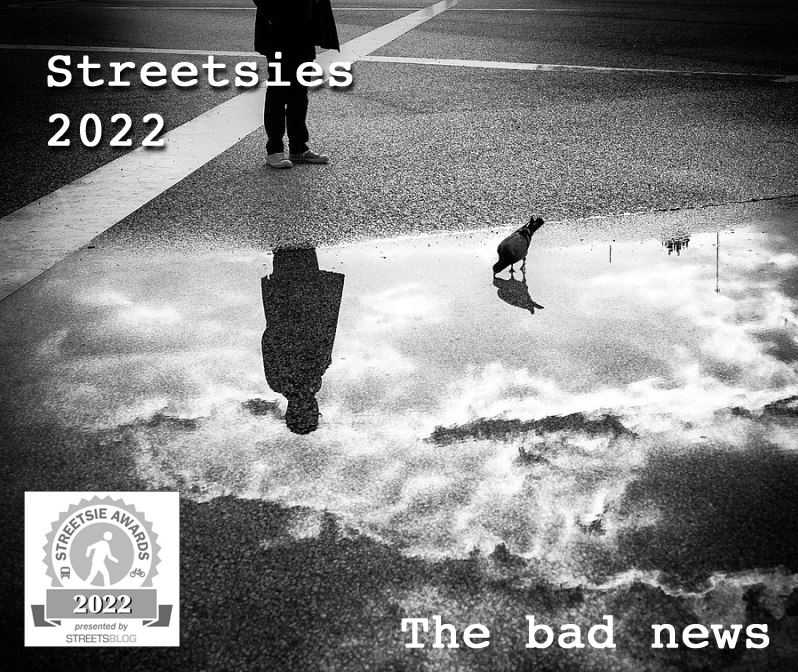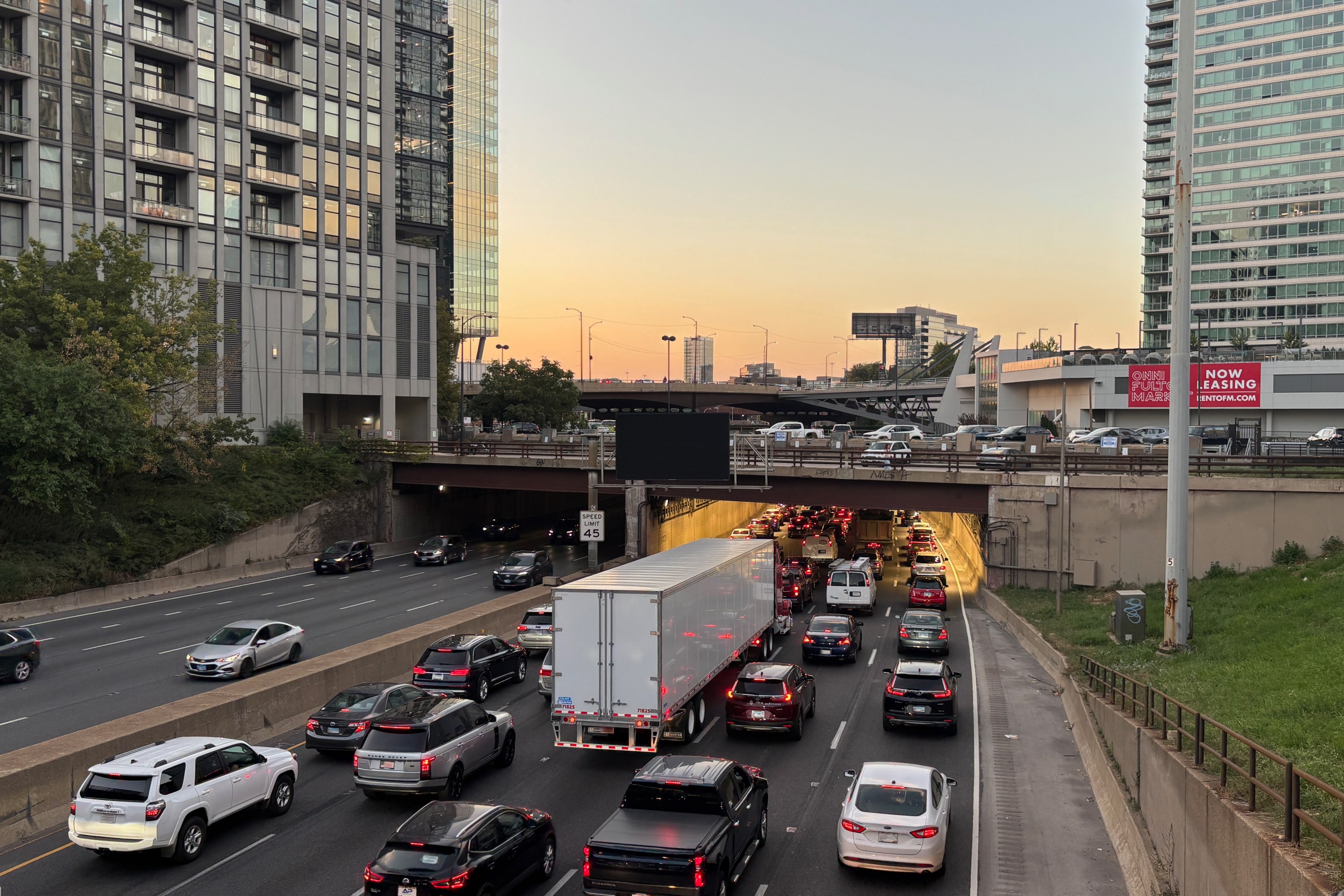
A lot of great things happened in the movement to end car dependency in 2022, but we'd be lying if we said it was all sunshine and roses. For a little year-end catharsis, let's take a look back at the biggest bummers of the year — and start strategizing so history doesn't repeat itself in 2023.
First, the big one: because federal roadway fatality totals are released on a roughly one-year delay, the stats on 2021's pedestrian death crisis came out not too long ago, and they were awful. As in, the-worst-they-been-in-40-years awful. A horrifying 7,485 people lost their lives, and every single one of them mattered.
The good news? We know exactly how to stop it. The bad news? Preliminary data for early 2022 is not looking all that much better.
We've known for a long time that one of the biggest drivers of the pedestrian death crisis is SUVs, which experts found to be two to three times more likely to kill people on foot than smaller passengers cars back in 2018. In 2022, though, we learned some even more sobering new SUV stats: that their drivers are roughly four times more likely to strike a walker while turning, and if the person they strike happens to be a child, that child is eight times more likely to die than if cars were smaller.
Another form of traffic violence that we learned was even worse than we thought this year? Vehicle-into-building crashes. And as this essay from Wyatt Gordon revealed, those crashes can be devastating even when no one loses their life.
Another understudied roadway topic that started coming to light this year were autonomous driving safety, when NHTSA revealed that crashes involving the tech are more common than automakers like Tesla would have us believe. Another bummer? How little we seem to be willing to talk about all the ways that AVs don't address the larger problems of car dependency.
One of the biggest bummers of every year, though is how disproportionately all the burdens of car culture fall on marginalized communities. Let's set a collective resolution to make 2023 the year that we finally, actually center their needs — and reverse the trend on disturbing studies like these.






